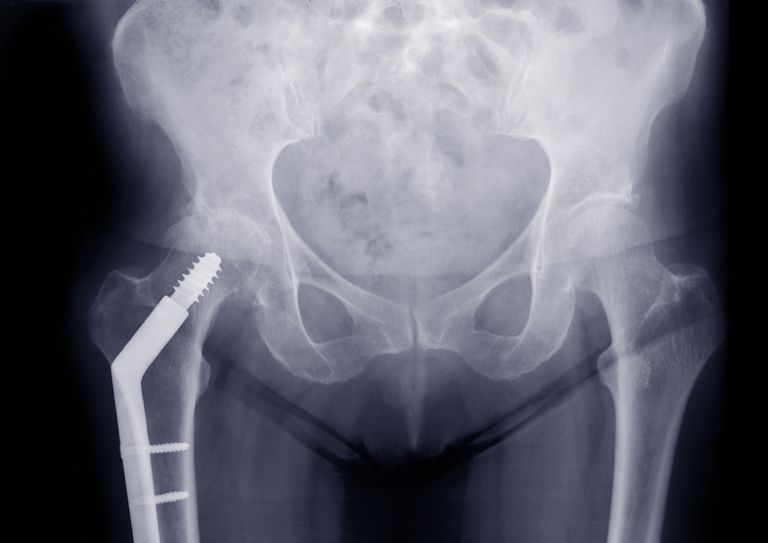LEAD ARTICLE – MAY 2018
How Do You Give Plaintiffs Bad News?
Whilst this lead article is directed principally at lawyers acting for plaintiffs, it will also be of some assistance to defendant lawyers. I am referring to the difficulty associated with speaking to your client about an expert report that it far less supportive than had been hoped for.

READ MORE
Plaintiffs have typically been injured in workplace, motor vehicle or domestic incidents. They have suffered some form of insult, have been exposed to pain and discomfort, have experienced social dislocation and feel genuinely aggrieved. Some may perceive an irreversible adverse change to their lifestyle.
Whilst all of those things may be true, they are not always deserving of compensation in our current medicolegal system. For example, a patient who already had a significant list of serious comorbidities was functioning suboptimally before the index insult. The patient may have had severe lumbar spinal disease, a previously arthritic hip or knee joint, neck pain or discomfort or even adverse outcomes following previous surgery.
The subject accident, forming the basis of a potential claim, may have further injured those anatomical sites. The difficulty arises when the addition to the underlying problem is either immeasurable or invisible. Moreover, the added insult may have made little, if any, difference to the natural history of the antecedent condition.
Imagine a plaintiff in his mid-fifties, working as a steel fabricator, with a severely arthritic hip joint. The pain already had difficulty getting in and out of his car going to and from work, could barely bend over at the bench to pick up a piece of steel from the factory floor, and was constantly looking forward to the next meal break so he could rest.
Whilst en route to work one day, he was involved in a road traffic accident. He sustained a fracture of his thigh bone just below this affected hip joint. He required hospitalisation and operative intervention and was away from work practices for six months. The orthopaedic intervention following the road traffic accident was so good that the fracture united in a perfect position and without any specific adverse sequelae. Under normal circumstances, he would have made a perfect recovery.

Obviously, the recovery was far from perfect. The failure to reach perfection related to the antecedent hip arthritis which was already destined to markedly and adversely affect his future remunerative prospects.
The plaintiff would understandably believe that the road traffic accident had contributed to his hip problem, foreshortened his working life, exposed him to considerable remunerative losses and also diminished his ability to engage in a broad spectrum of activities of daily living.
Unfortunately, whilst he beliefs are genuine, they are not real. In reality, the accident has made very little difference at all.
So the question remains, how do you give this bad news to the plaintiff? Well, it is obviously not easy.
One way is to allow the plaintiff to read the expert medical report. I encourage that approach. In my reports, I take special care to avoid emotional or derogatory comments. Every word I write, I expect to be publicly exposed. I further recognise the right of the plaintiff to read what I have written. If my thought process has been cogent, objective and fair, reading the report may go some way towards assuaging the anger that the plaintiff may feel.
From your perspective, you might also find it best to be open and transparent, as well as caring and comforting.
In the final analysis, it is best to know the truth from the outset. As painful as it might be, it could save tens of thousands of dollars and years of anguish. Good luck.
